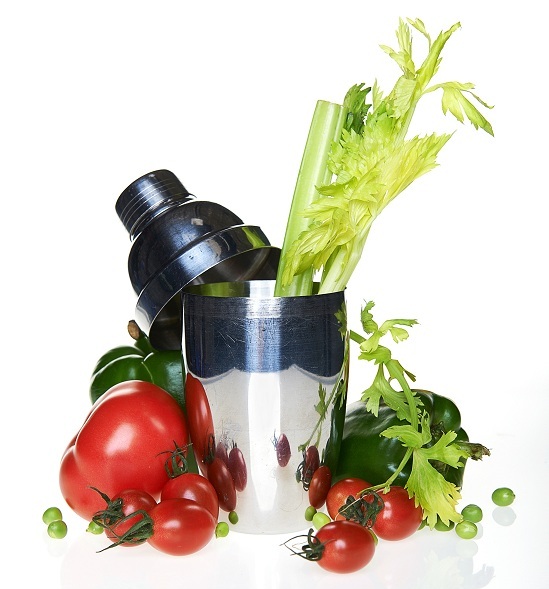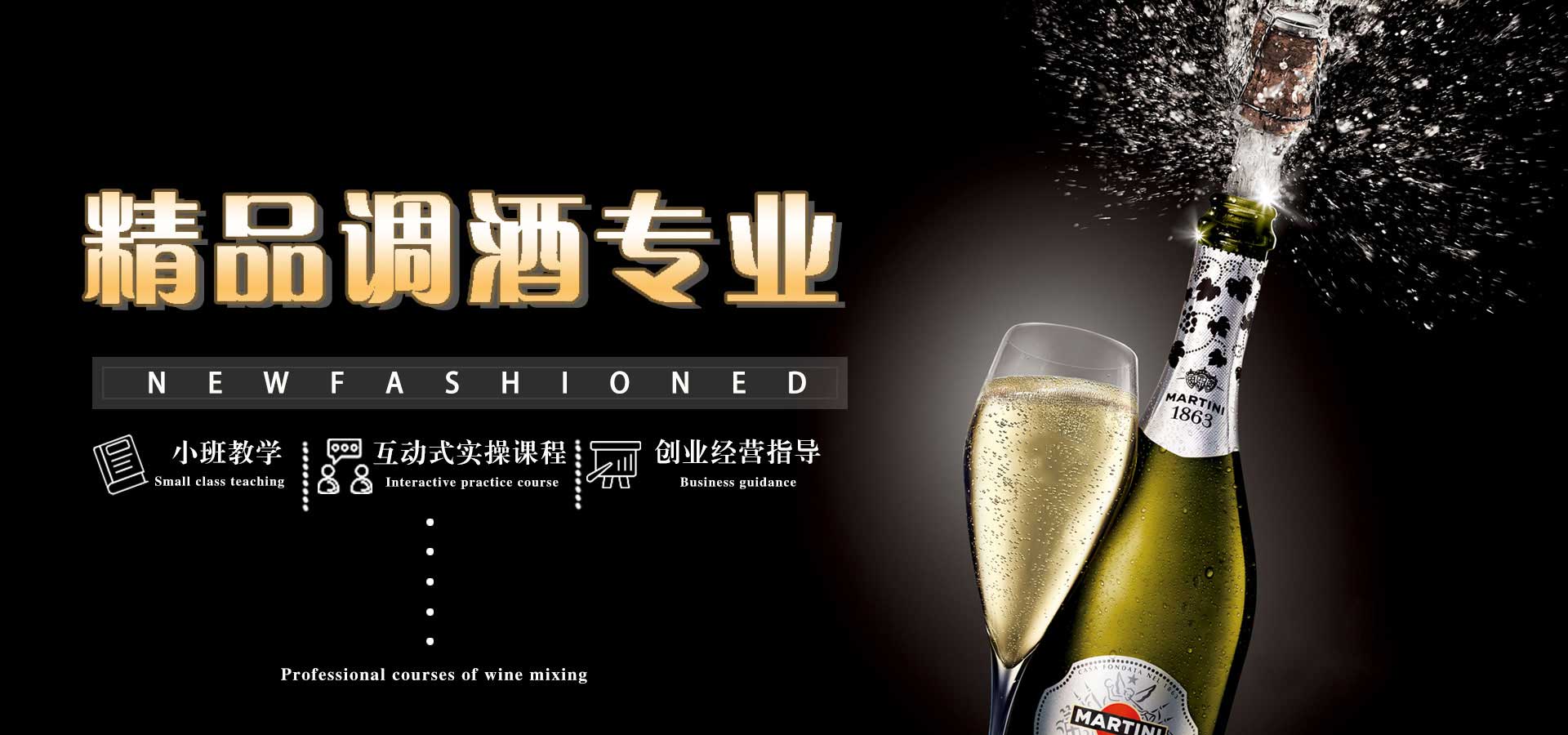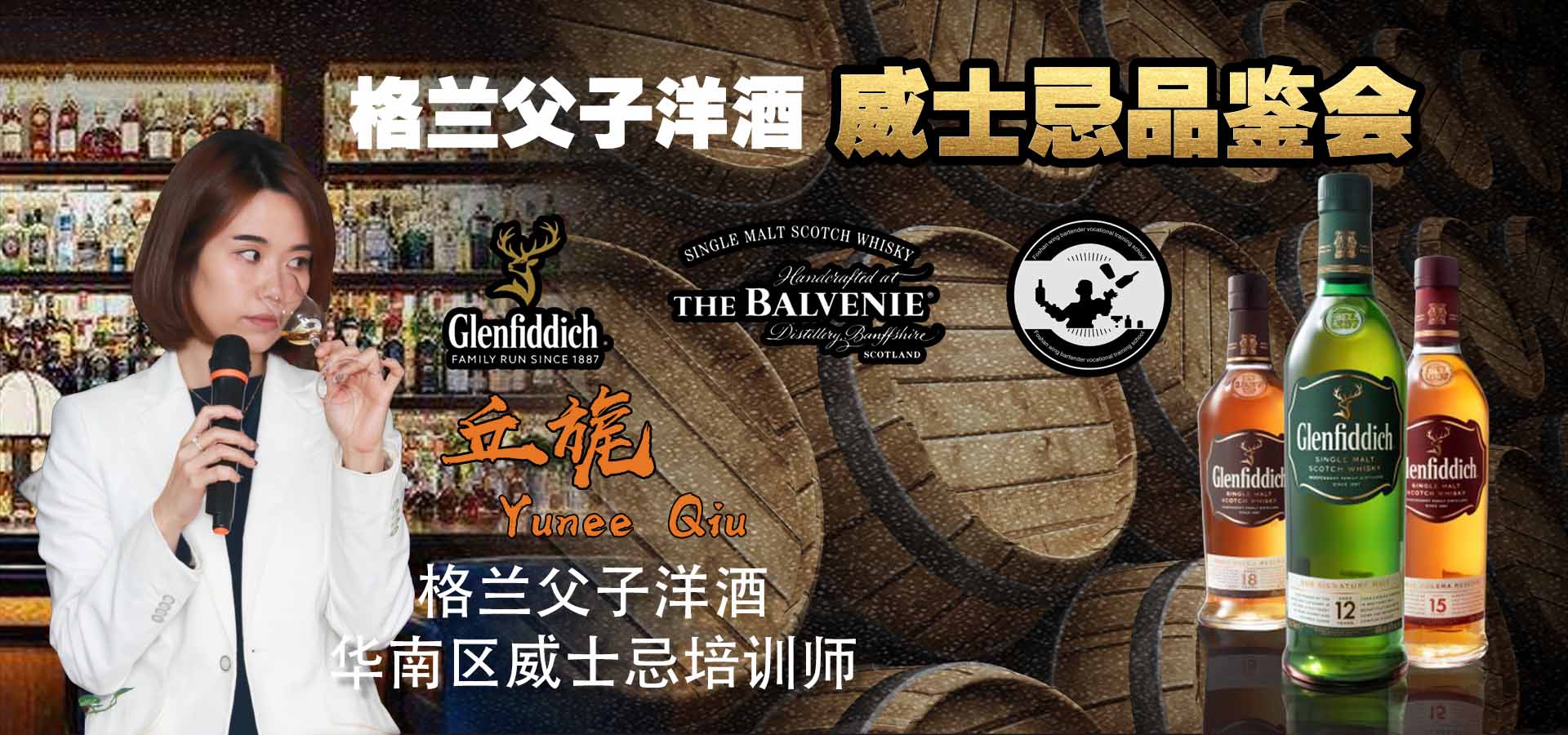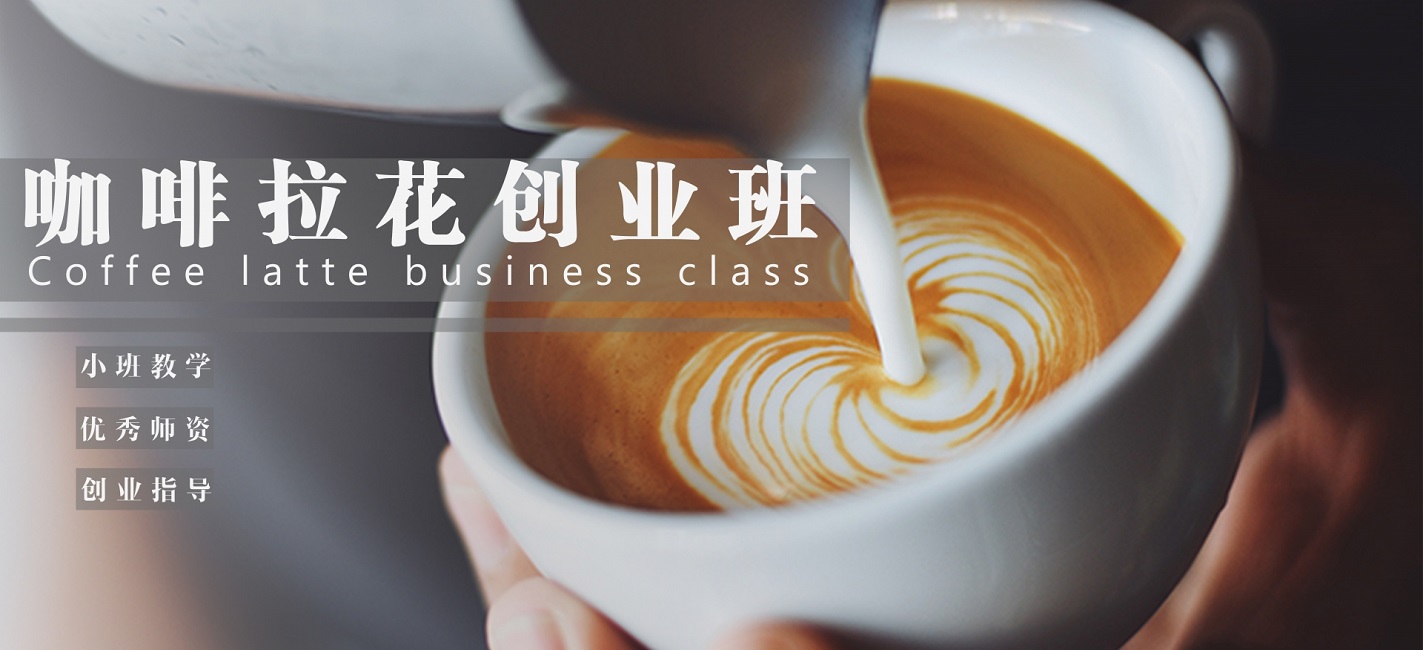- 花式调酒培训
- 英式调酒培训
- 咖啡拉花培训
- 西点师培训

- 手机:
- 15875537554
- 电话:
- 0757-83205361
- Q Q:
- 2315340140
- 邮箱:
- FSzhanchi@163.com
- 作者:
- 来源: 展翅调酒学校
- 日期: 2014-11-08
- 浏览次数: 3307 次

保罗·马修说,非甜味鸡尾酒远远不止血腥玛丽一种,而且他也观察到了一批独具风格的调酒师开始用盐取代糖这一现象。 Savoury cocktails extend way beyond the Bloody Mary, says Paul Mathew, thanks to a number of genre-defining bartenders switching sweet for salt.
直到最近,非甜味鸡尾酒在鸡尾酒中还是很少见的。当然,少不了“血腥玛丽”,“血腥凯撒”,“血腥玛莉亚”和“红鲷鱼”。你也可以说放了橄榄的马提尼也是一种非甜味酒饮。或者说早在清朝时期就出现了一种用腌洋葱配马提尼酒的吉布森鸡尾酒。但是在很大程度上,蔬菜和咸味主要是家中厨房的标配,而不是酒吧的标配。毕竟,鸡尾酒是为了促进食欲帮助消化而在饭前或饭后饮用的。传统上,如果餐厅供应鸡尾酒,那么他们巧舌如簧地向客人先推销这些好看的酒饮的目的只是为了让客人们点葡萄酒之前先预热一下自己的钱包。所谓的“三巡马提尼午餐”更多的是一种地位的描述而不是关于食物搭配。但是这种情况已经改变。精致鸡尾酒是现在餐饮业不可忽视的中流砥柱,而且人们对它的期望无论是在餐厅还是酒吧都已经演变了。另外,鸡尾酒已经赢得了某种认可,因为它现在被认为是一种重要的饮食搭配而不只是饭前饮品。这一演变使得过去十年餐馆开始雇用专业调酒师,设计经过深思熟虑的鸡尾酒方案。这反过来也让更加前卫的调酒师们走进厨房体验超越传统酸甜的不同风味。厨房和酒吧之间的这种新的协同作用导致了非甜味鸡尾酒的突破。Esther Medina-Cuesta,一位在伦敦Roast餐厅开发了非甜味鸡尾酒酒单的酒饮顾问说:“七年前,当我把甜菜根列入酒单时,被认为是怪异、不可为之的,当我开始将蔬菜用在鸡尾酒中的时候,人们认为我疯了。”
Until quite recently, savoury ingredients in cocktails were a rarity. Of course, there’s the Bloody Mary. And the Bloody Caesar, the Bloody Maria and the Red Snapper. And you could argue that an olive makes the Martini a savoury drink. Or that the Gibson, a martini served with a pickled onion, has been around since the Qing dynasty. And you’d be right. But, still, for the most part, vegetal, salty flavours have been a staple of the kitchen, not the bar. After all, cocktails were generally taken before or after a meal, to stimulate appetite or aid digestion. Traditionally, if restaurants served cocktails, they were glib, barely serviceable quaffs designed to lubricate the wallet before presenting the wine list. The so-called “three-martini lunch” was more of a status handle than a pairing suggestion. But this has changed. Craft cocktails are now an un-ignorable mainstay of the f&b constellation and expectations, i whatever setting, restaurant or bar, have evolved. Plus, the cocktail has earned a sort of gravitas that it is now considered a serious pairing for food, not just its precursor. In the past decade or so, this has led to restaurants employing decent bartenders to devise properly thought through cocktail programs. This, in turn, has allowed the more progressive barkeeps to step into the kitchen and experiment with different flavour profiles beyond the traditional sweet and sour. This new synergy between kitchen and bar has led to a big spike in savoury cocktails. “When I put beetroot on a menu seven years ago it was weird and not cool,” says Esther Medina-Cuesta, a London-based drinks consultant, who developed a menu of savoury mixed drinks at Roast, a London restaurant. “When I started using veggies people thought I was mad!”
这一切都发生了巨大的变化。甜菜根作为鸡尾酒的标配出现在现代经典鸡尾酒中,例如纽约Tailor酒吧的调酒师Eben Freeman的Beet Sangria:俄亥俄州调酒师Eric Ho的Beetnik Tonic(烤甜菜根泡金酒,苹果醋以及汤力水);由纽约Parm酒吧的Will Lazar发明的Beet Negroni(甜菜根泡金酒,金巴利以及甜味美思酒)。甜菜根是一种用法广泛的食材,不仅有甜味还有咸味。香港老街集团咨询公司的Sam Jevons说:“甜菜根作为一种常用的原料可以很好的与巧克力、香料以及陈年烈酒结合。”然后,当然还有它的颜色。墨尔本Der Raum的Matthew Bax制作的Bax Beet Pinot就是利用甜菜汁、菲奈特·布兰卡、甜味美思,青柠汁和糖浆混合而成,装入“自有品牌”的黑皮诺酒瓶中,再倒入葡萄酒酒杯中饮用。
How things have changed. Beetroot is now a staple cocktail ingredient that appears in modern classics such as bartender Eben Freeman’s Beet Sangria (of Tailor, New York); Ohio bartender Eric Ho’s Beetnik’s Tonic (roast beet-infused gin, cider vinegar, tonic); the Beet Negroni by Will Lazar at Parm, New York (beet-infused gin, Campari and sweet vermouth). Beetroot is a versatile ingredient, adding both sweet and savoury notes. “Beetroot is a popular ingredient that marries well with chocolate and spices and aged spirits,” says Sam Jeveons of Old Street Group Consulting in Hong Kong. Then, of course, there’s its colour, a trait Matthew Bax used to good effect at Der Raum, Melbourne, with his Bax Beet Pinot: a combination of beet juice, Fernet Branca, sweet vermouth, lime juice and sugar syrup, served in wine glasses from a “private label” pinot noir bottle.
另一个非甜味鸡尾酒的早期倡导者是纽约的调酒师兼作家奈伦·扬,他说:“自从我十几岁在厨房工作以来,我一直倾向于用厨房中的食材制作酒饮,你可以说这是从我在悉尼的Grand Pacific Blue Room酒吧工作时开始的。当时我们酒单上就有了罗勒,而那个时候还是1999年!”。扬认为新鲜蔬菜和鸡尾酒成为一种大家接受的食物搭配,主要归功于澳大利亚顶级调酒顾问Linden Pride在悉尼Salon Blanc餐厅、China Doll饭店以及Rockpool餐厅的工作经历。扬说:“这里的共同点是所有的场所都是在餐厅”,这意味着鸡尾酒应特别注重与食物的搭配,“强烈、易醉的饮料不适合在用餐的情况下饮用。”扬接着在伦敦和纽约的一些最为前卫的酒吧工作。在纽约的Saxon+Parole 酒吧(在2013年的“鸡尾酒传奇”大会上被授予“世界最佳餐厅酒吧”称号)。他跟别人共同打造了一个全球最受欢迎的非甜味鸡尾酒方案。扬说:“Saxon使用茴香,甜菜,甜椒,芹菜,胡萝卜,黑松露,百里香以及其他食材,每个季度都会在酒单上推出几款新的(非甜味)酒饮,在这方面Saxon是领先业界的。”
Another early exponent of the savoury cocktail is New York-based bartender-writer Naren Young. “I’ve worked in and around kitchens since my early teens so I’ve always had a leaning towards culinary drinks,” he says. “I guess you could say it started at the Grand Pacific Blue Room [Sydney] where we had basil on the menu. This was in 1999!” Young credits top Australian bartender-consultant Linden Pride’s work at Salon Blanc, China Doll and Rockpool (all Sydney) for establishing the freshvegetable cocktail as an accepted food pairing. “The common thread here is that all these venues are restaurants,” says Young, which meant the cocktail program had to be sensitive to the food offering. “Strong, boozy drinks don’t work as well in a dining setting.” Young went on to work at some of the most progressive bars in London and New York. At Saxon+Parole in New York (awarded World’s Best Restaurant Bar at Tales of the Cocktail 2013), he co-created one of the most feted savoury cocktail programs in the world. “Saxon is probably leading the way in having several [savoury] drinks on the menu every season,” says Young. “Using everything from fennel, beets, bell peppers, celery, carrots, truffle, thyme and more.”
但是蔬菜并不是非甜味鸡尾酒的唯一原料。最近,泡菜盐水因为Pickleback而出名了:一小杯尊美醇威士忌后紧接着一小杯泡菜盐水。这被人们认为引发了盐水鸡尾酒的扩散。纽约Clover Club大厨Gil Calderon 创造的Hocus Smoke Us鸡尾酒,包含了烟熏胡椒波本酒,泡菜盐水、蜂蜜、柠檬汁以及苦精。伦敦Berners Tavern酒吧的Gareth Evans 利用金酒、杏子白兰地酒、莳萝利口酒、柠檬和泡菜盐水制作了Slap & Pickle鸡尾酒。现在一些酒吧也在创作他们自制的鸡尾酒。纽约酒吧Dutch Kills制作了一系列的果汁、草本和蔬菜盐水鸡尾酒;英国的鸡尾酒配方公司Funkin最近也推出了他们自己的蔬菜果汁饮料。
But vegetables are not the only ingredients used in savoury cocktails. Recently, pickle brine has found fame in the Pickleback – a shot of Jameson followed by a shot of pickle brine. This, it’s thought, has led to a proliferation of brine cocktails. The Hocus Smoke Us at Clover Club, New York, created by chef Gil Calderon, contains smoked pepperinfused bourbon, pickle brine, honey, lemon juice and bitters. The Slap & Pickle, by Gareth Evans at Berners Tavern, London, combines gin, apricot brandy, kummel, lemon and pickle brine. Some bars are now creating their own house-made liquids. Dutch Kills, a New York bar, makes a whole range of fruit, herb and vegetable brines and Funkin, a British cocktail ingredient company, has recently released its own line of vinegared juices, too.
泡菜汁本质上就是盐和醋。我们知道,醋是在鸡尾酒中经常使用的一种替代柑橘酸的酸味剂。这种方法实际上是借鉴了老式的鸡尾酒:Shrub。Shrub于1800年代在美国流行,是由水果浸泡在醋中,接着在一种被认为是可食用醋的糖浆中浸泡变甜,然后加入水或者酒精调和。Shrub与各种醋,仍然是一个现代调酒常规。例如,纽约Prime Meats的Sidewalker,加入了苹果白兰地,柠檬,枫糖浆,苹果醋和小麦啤;Tomatini以香醋为鸡尾酒添加鲜味。伦敦的CalloohCallay的Salt & Vinegar Martini(是一款伏特加马提尼加熏海盐,雪莉酒醋糖浆,“海滨喷雾”和泡菜)。其他美味经典之作也重出江湖,在Saxon+Parole酒吧,奈伦·扬的Olives 7 Ways,这款酒结合了金酒,加入了浸泡了橄榄的味美思、橄榄苦精、橄榄蒸馏液、橄榄甜酒进行搅拌,撒入了雾化的橄榄苦精,几滴橄榄油,配上一碟橄榄一起上桌享用。
Pickle juice is essentially salt and vinegar. As we know, vinegar is an oft-used substitute for citrus as a cocktail souring agent. This method actually draws on an old style of cocktail: the shrub. Popular is 1800s America, a shrub was made from steeping fruit in vinegar and then sweetening – a syrup known as “drinking vinegar” – then mixed with water or spirits. Shrubs, and vinegars of all strains, are still a norm of modern bartending. Examples include the Sidewalker from Prime Meats, New York, with applejack, lemon, maple syrup, apple cider vinegar and hefeweizen beer; the Tomatini, which gets an added savoury kick from balsamic vinegar and the Salt & Vinegar Martini from Callooh Callay, London, a vodka martini with smoked sea salt, sherry vinegar syrup, “seaside spray” and pickles. Other savoury classics have also been rebooted: at Saxon+Parole, Naren Young’s Olives 7 Ways, combines gin stirred with olive-infused vermouth, olive bitters, olive distillate, and olive shrub, sprayed with atomised olive bitters, with a few drops of olive oil, served with a dish of olives.
如今,在世界各地的各类酒吧和饭店,非甜味鸡尾酒已经被广为接受了。并且这是个宽广的种类。这个列表仅仅只是酒吧烹饪学的冰山一角,其发展的空间,特别是考虑到与中国的食材相结合,是无穷无尽的。
Today, savoury cocktails are now a fully realised and accepted genre in bars and restaurants around the world. And it’s a very broad category. This list only touches on the potential of bar gastro-logy. The possibilities, particularly with Chinese ingredients, are endless.










